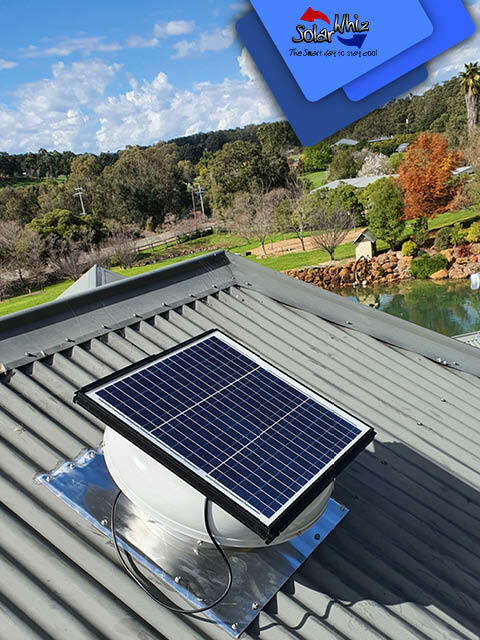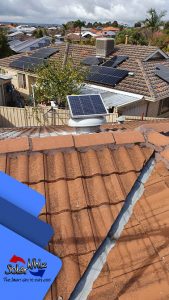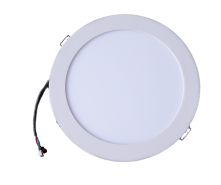If you’ve read our previous blog post, you’ll know that solar roof ventilators are the best roof ventilation solutions on the market. Because of their superior performance, there are numerous solar-powered options to choose from, and it can be difficult to know if you’re choosing the right one.
Here are some things you should consider when purchasing a solar-powered roof exhaust fan:
Brand reputation
It is important to be confident in the reputation of the company you are purchasing from. A high brand reputation is reflective of customer satisfaction levels and can indicate the degree of customer service and product quality.
Brand reputation includes aspects such as:
-
- Legacy – How long has the business been in operation. Solar Whiz has been providing ventilation solutions for homes and businesses since 2010; that’s 11 years in the market!
- Reviews – A high number of positive reviews reflects how satisfied customers are with the service and product provided by the company. You can check some of our reviews here as well as on whirlpool forums.
- Transparency – How accessible is the information on performance and specifications? We provide all the specifications for each of our products here and take care to carefully explain how our units work and what they need to operate properly.
- Technical knowledge – Do the company representatives have adequate product knowledge and do they answer your questions to your satisfaction?
Warranty
- The warranty policy available for your solar roof ventilator must suit your needs and doesn’t have any sneaky exclusions. Solar Whiz has a 10-year warranty on our PV panels and a 2-year warranty on all other components.
- Our full warranty policy is available here.
Operating at night and in non-ideal conditions
- Many people assume that roof exhaust fans are not necessary overnight, in cold weather or overcast conditions. However, in order to achieve the best roof ventilation outcomes, it is often important to continue operating units in these conditions to reduce moisture build-up and keep indoor temperatures low before temperatures start to rise. These can be referred to as preventative measures to maintain ideal indoor environments.
- Many competing solar roof ventilators offer battery-powered options to allow you to operate units at full capacity at night or in overcast conditions. At Solar Whiz we have found that these options do not deliver sustainable or optimal results. Therefore, our night operations kits works by including a 24-volt power supply and constant current module that switches the system to mains power. This means that when the system does not have enough sun exposure to operate at full potential it is automatically ‘topped up’ to the desired capacity.
Air-capacity/Real Airflow Rating (RAF)
- Real Airflow Rating (RAF) is the measurement system that defines what the actual airflow capacity of a roof exhaust fan is. This is different to ‘theoretical capacity’ which measures the airflow of a unit under ideal conditions without any obstructions from accessories. Solar Whiz tests our solar roof ventilators with all accessories attached, so the airflow rating we provide is not just a measure of the fan’s strength. You can check out the real airflow ratings and other specifications of our units here.
Accessories
- Solar Whiz offers a number of optional accessories to provide the best roof ventilation for your needs. These include thermostat controls and night operation kits. Other components that are important to consider include eave and ceiling vents.
Your ventilation needs according to house size, shape and type
- Every house is different and your ventilation needs can vary depending on what you want to achieve and the design of your house. It is important to consider factors like:
- House Size → the bigger the house, the bigger the ventilation needs.
- Roof or attic shape and size → design features of a roof has a significant influence over how easily air can move through the roof space
- Separated or partitioned roof spaces → if there are separate spaces within a roof space this will impact airflow through the area and needs to be considered in all installations
- Type of Roof or Ceiling → This includes the slope or pitch of the roof, flat or cathedral ceilings etc.
We hope that by providing this information in an easy to follow guide will help anyone interested to find the best possible solar roof ventilator for their needs. If you have any questions or would like further information don’t hesitate to get in contact with us!





